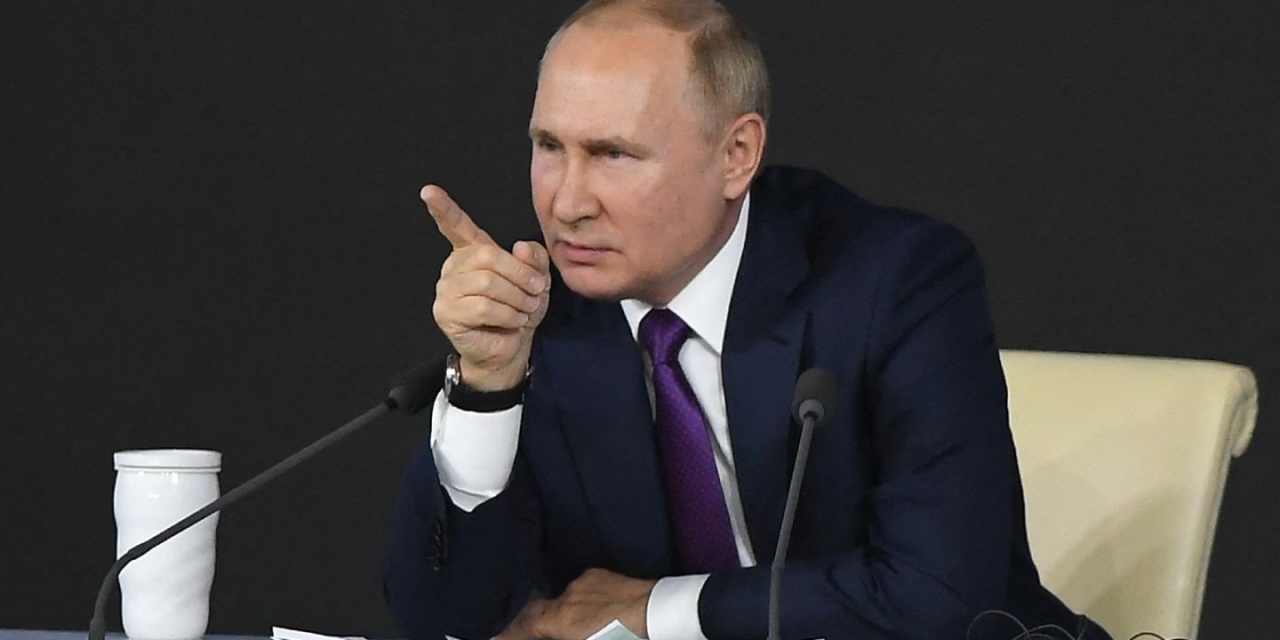UPDATE, DEC 19:
In an investigation of “hundreds of Russian government emails, documents, invasion plans, military ledgers and propaganda directives”, supported by dozens of interviews, The New York Times documents how and why Vladimir Putin’s attempt to overrun Ukraine failed in its initial weeks through September’s mass mobilization.
The evidence documents “a stunning cascade of mistakes that started with Mr. Putin — profoundly isolated in the pandemic, obsessed with his legacy, convinced of his own brilliance — and continued long after drafted soldiers…were sent to the slaughter”.
Putin associates said he spiraled into self-aggrandizement and anti-Western zeal, leading him to make the fateful decision to invade Ukraine in near total isolation, without consulting experts who saw the war as pure folly. Aides and hangers-on fueled his many grudges and suspicions, a feedback loop that one former confidant likened to the radicalizing effect of a social-media algorithm.
Even some of the president’s closest advisers were left in the dark until the tanks began to move. As another longtime confidant put it, “Putin decided that his own thinking would be enough.”
A “severely compromised” but overconfident Russian military committed a “parade of blunders”. Old maps and bad intelligence meant missiles did not knock out Ukrainian air defenses. Cyber-warfare failed to take down Ukrainian infrastructure. Russian troops, many of them unaware of the invasion until they were ordered to enter Ukraine, called home on cellphones: intercepts by Ukrainians enabled them to inflict extensive casualties. As Russian warplanes were being shot down, many pilots continued missions without adequate defensive measures.
While Russia was able to seize part of Ukraine in the first weeks of the invasion, thousands of square miles were occupied underfed, undertrained and poorly-equipped troops. Russian commanders repeatedly sent waves of soldiers into pointless assaults.
But far from adapting, Putin has concentrated on ensuring that no one can challenge his position. The outcome has been reliance on subordinates outside the military chain of command, such as Chechen leader Ramzan Kadyrov and Yevgeny Prigozhin, the founder of the Wagner Group mercenaries.
So Putin is “ready to sacrifice untold lives and treasure for as long as it takes”. He instructed a Russian delegation, and in a face-to-face meeting with US counterparts in Turkey in November, to send the message, “No matter how many Russian soldiers are killed or wounded on the battlefield, Russia will not give up.”
ORIGINAL ENTRY, DEC 2:
The London-based Royal United Services Institute has published a report explaining and analyzing the initial failure of Vladimir Putin’s invasion of Ukraine.
The analysis details that, with a 12:1 advantage over Ukrainian forces near Kyiv, the Russians sought to invade all of the country over 10 days. Drawing the Ukrainians away from the capital, the assault would soon overrun Kyiv and key cities, leading to full annexation by August 2022.
Ukraine’s leaders, including those involved in the 2014 Maidan Revolution that toppled pro-Russian President Viktor Yanukovych, would be seized and executed.
Read Full Report
The plan was drawn up from July 2021 by a directorate of the Russian State security service FSB. Its surveys encouraged the Kremlin to pursue the invasion.
These surveys painted a picture of a largely politically apathetic Ukrainian society that distrusted its leaders, was primarily concerned about the economy, and thought an escalation of the war between Russia and Ukraine was unlikely.
Russian President Vladimir Putin had personally articulated in an essay in July 2021 his belief that the people of Ukraine viewed Russians favourably and believed they were part of a shared civilisation, cruelly divided by historical political mistakes. The barrier, in his view, to correcting these mistakes was the government in Kyiv, which he accused of being a puppet to external powers hostile to Russia.
The Russian military leadership was also confident that it would defeat the UAF after more than a decade of modernisation.
The Kremlin was further encouraged because of its confidence that “it could invade Ukraine without significant international interference.”
But the Russian forces were “unprepared at the tactical level to execute the plan effectively”. As the operations were “drawn up by a very small group of officials and the intent was directed by Putin, many officials executing elements of the preparation were unaware of the wider intent.”
Russian military personnel – even up to deputy heads of branches within the Russian General Staff – were unaware of the intention to invade and occupy Ukraine until days before the invasion, and tactical military units did not receive orders until hours before they entered Ukraine.
When the Zelenskiy Government and Ukrainian military did not collapse, the Kremlin and its commanders had no Plan B: “There is no evidence in the Russian planning that anyone had asked what would occur if any of its key assumptions were wrong. As a result, when speed failed to produce the desired results, Russian forces found their positions steadily degraded as Ukraine mobilised.”
Russia did have success in the east and south of the country because of its superior weapons and Ukrainian exhaustion of ammunition. But this was limited by a Russian army “culturally averse to providing those who are executing orders with the context to exercise judgement”.
The report only covers the first phase of the invasion, before Russia’s withdrawal from northern Ukraine — effectively giving up the ambition of seizing Kyiv — in April. A later report will consider Ukrainian counter-offensives regaining territory in the northeast, east and south.
However, the assessment concludes, “Ukraine’s victory is possible, but it requires significant heavy fighting. With appropriate support, Ukraine can prevail.”

